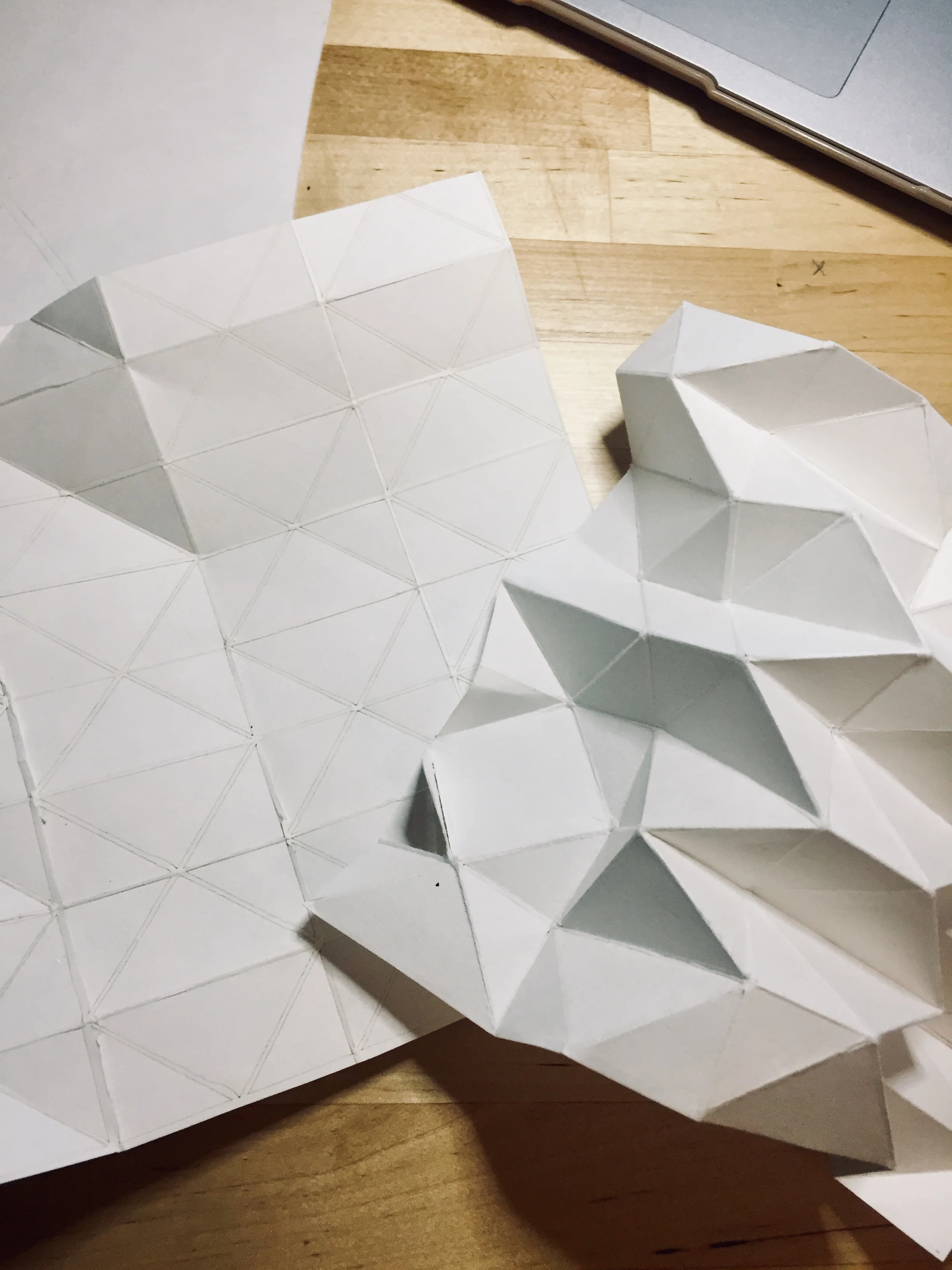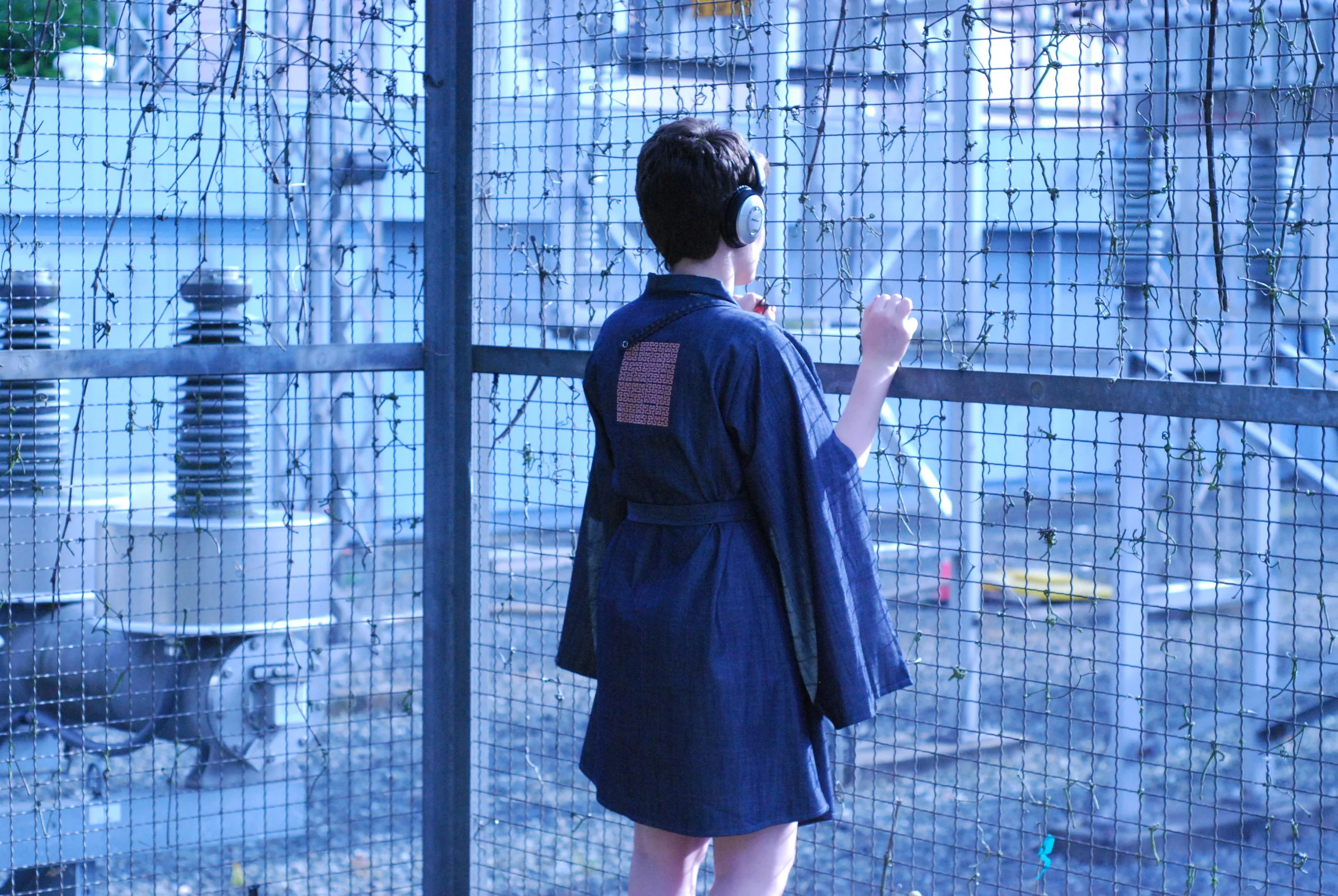This project is part of an ongoing series that explores how biosignals can be represented and interpreted semantically and poetically, as opposed to visually or sonically. Playing with the idea of the body as an inscription device, and especially of the skin as an “open book", Melyza is a display for a galvanic skin response (GSR) sensor that evokes the skin through an origami structure made out of silicon.
The DXARTS SoftLab is a studio and an online platform whose mission is to examine the role of workmanship in artistic research, to redefine the use of crafting in the post-digital era, and to explore the body as an interface of control and resistance. It is part of the Department of Digital Arts and Experimental Media (DXARTS) at the University of Washington in Seattle.












